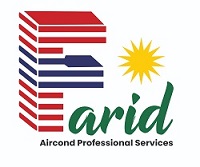Plumbing installation is a vital aspect of building construction and maintenance, encompassing the intricate network of pipes, fixtures, valves, and other components essential for the conveyance of water, gas, and waste within a structure.
Before any installation work begins, thorough planning and design are essential. This stage involves determining the layout of the plumbing system, including the placement of pipes, fixtures, and appliances. Factors such as building codes, water pressure, flow rates, and accessibility need to be considered to ensure efficient and compliant installations.
Choosing the appropriate materials is critical for the longevity and functionality of the plumbing system. Common materials used for pipes include copper, PVC (polyvinyl chloride), PEX (cross-linked polyethylene), and various types of metal. Each material has its advantages and is selected based on factors such as cost, durability, and compatibility with the intended application.
Frequently Asked Questions (FAQ) About Plumbing Installation
1. What is plumbing installation?
Plumbing installation involves the setup and arrangement of pipes, fixtures, valves, and other components to facilitate the flow of water, gas, and waste within a building or structure.
2. What are the common components of a plumbing system?
Common components include pipes (made of materials like copper, PVC, PEX), fixtures (sinks, toilets, showers), valves, water heaters, pumps, and drainage systems.
Conclusion:
Plumbing installation is a multifaceted process that requires careful planning, skilled labor, and adherence to regulatory standards to create functional, efficient, and safe plumbing systems for residential, commercial, and industrial applications. From design and material selection to installation, testing, and maintenance, each step plays a crucial role in ensuring the long-term performance and reliability of the plumbing infrastructure.









